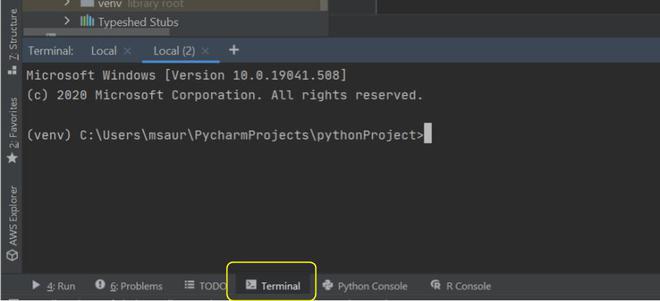

#Conda install opencv mac os upgrade#
The installation ran fine, and it didn't try to upgrade any of my installed packages. (Check the story here: OpenCV 3.2 and Dlib 19.4 Packages Now Available from Conda-Forge)Ĭonda install -c conda-forge opencv=3.2.0

Update: Conda-forge now has the OpenCV 3.2 package for all platforms. Then I tried the Conda-forge package, (even though it was only OpenCV 3.1). I decided to try the Menpo package first, since it had the latest version (3.2), but I got an install error when trying to install the 64-Bit Windows package. There were 2 packages available on Anaconda cloud - OpenCV 3.2 by Menpo, and OpenCV 3.1 by Conda-forge. Rather than trying to compile OpenCV for Python 3.5 on Windows (I'm still attempting this), I looked to see if there's an Anaconda package solution. It turns out that the cv2.pyd library which comes with the official pre-built binary for Windows is only meant to work with Python 2.7. I tried installing it, but still got the same error. I did a little searching online, and few has suggested to install the Microsoft Visual C++ Redistributable 2015 to solve the issue. ImportError: DLL load failed: The specified module could not be found. Type "help", "copyright", "credits" or "license" for more information. I fired up the Anaconda environment, and tried loading cv2 in Python. I downloaded and ran the OpenCV 3.2 installer (which just extracts OpenCV to a directory of your choosing), set the OPENCV_DIR environment variable, add the bin dir in OpenCV to the PATH, and finally copy the cv2.pyd file to the site-packages directory in my Anaconda environment. Since the OpenCV Downloads page has pre-built binaries for OpenCV 3 (version 3.2 being latest), I thought the installation would be straightforward. But on Windows, I've previously only tried OpenCV on Python 2.7. (Check out my guide on Installing OpenCV from source on Anaconda Python on Ubuntu 16.10 if you are trying to install on Linux). I've been using OpenCV 3 on Anaconda Python 3.5 on Linux. So, I decided to set everything up on Windows again. (I would still switch to Linux for more processor intensive deep learning models). Now, I should be able to perform some of those experiments on Windows as well. This was really exciting to me, since I was using a Linux machine for my TensorFlow experiments, I had to switch between the Linux and Windows for my other tasks. My Ubuntu version as of time of this writing is 16.04.3 (Xenial Xerus).If you checked my last post, you know that TensorFlow now officially works on Windows. My aim, however, is to build OpenCV so that it could be used in both C++ and Python.įurther in this blog post I am going to summarize my notes on building OpenCV 3 on Ubuntu using conda’s Python 3.6, with further symlinking of the Python extension to other conda environments. Their availability vary by operating systems and Python versions, but they are in general a pretty good reproducible solution when OpenCV is only used in Python. It is worth to mention that there exist pre-built OpenCV 3 binaries in the menpo channel on Anaconda Cloud. It especially shines on Raspberry Pies, where conda’s pre-built binaries get installed way faster than the pip-installed ones.

However, in my work I mostly use conda for managing my Python environments. Such a solution worked pretty well for me, both on Linux and macOS. In particular, Adrian creates a dedicated virtualenv environment, installs NumPy in it, and builds the whole thing having this environment activated. He provides detailed description of the required steps, as well as motivation for better development practices. When it comes to building and installing OpenCV with Python support on *nix platforms, the collection of tutorials by Adrian Rosebrock is the best.


 0 kommentar(er)
0 kommentar(er)
